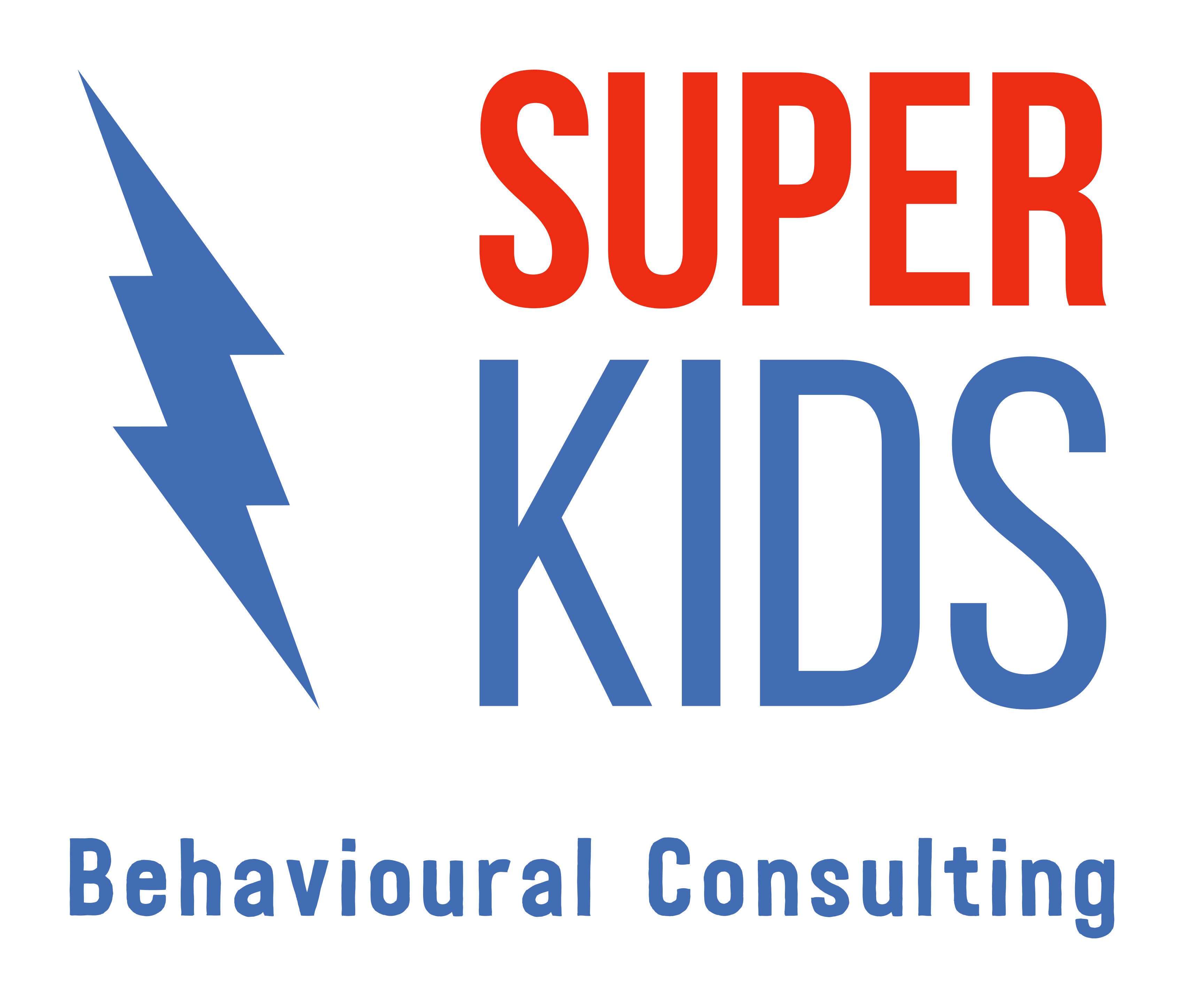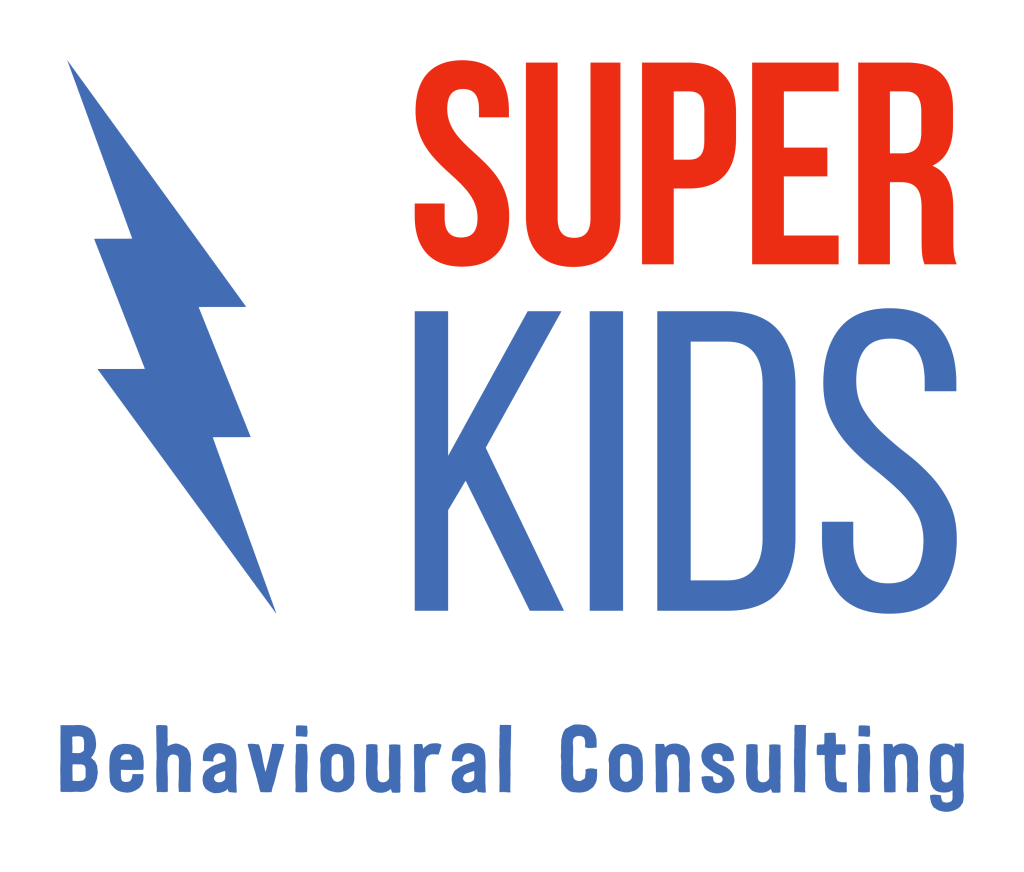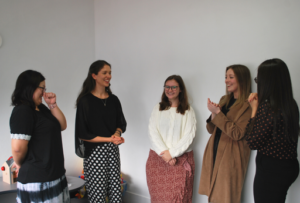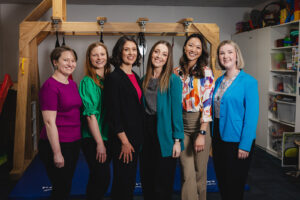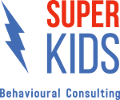Understanding the Levels of Autism
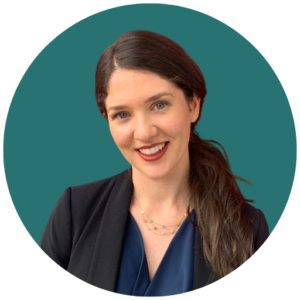
Renee Collins
Clinical Director
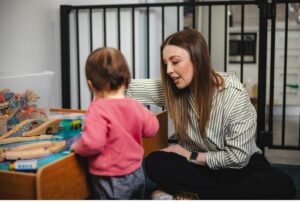
Autism is a neurodevelopmental condition characterised by differences in communication, behaviour, and social interactions. It affects how people experience, process information and interact with the world around them. When we talk about autism, we’re talking about honouring the full humanity of the autistic individual not just their challenges, but their strengths, communication styles, and the unique ways they experience the world. Rather than being a problem to fix, autism reflects the incredible diversity of human minds. Everyone, including autistic people, have strengths and challenges. By fostering understanding and inclusivity, we can embrace the full range of neurodiversity.
At Super Kids, we believe that knowledge is power, especially when it’s grounded in compassion. So, today, we’re diving into the three levels of autism as outlined in the Diagnostic and Statistical Manual of Mental Disorders, Fifth Edition (DSM-5) and reframing them through a lens that celebrates neurodiversity while still giving families and professionals clarity.
What is Autism Spectrum Disorder (ASD)?
Autism Spectrum Disorder (ASD) is a neurodevelopmental condition characterised by differences in social interaction, communication, and behaviour. Rather than being a problem to fix, autism reflects the incredible diversity of human minds. Everyone, including autistic people, has strengths and challenges. By fostering understanding and inclusivity, we can embrace the full range of neurodiversity. In 2013, the DSM-5 moved away from Autism subcategories like Asperger’s or PDD-NOS and instead introduced a spectrum model with three levels of support needs. This shift acknowledges that while every autistic person shares some core traits, their day-to-day experiences and needs can vary widely.
The current version of the Diagnostic and Statistical Manual (DSM-5) categorises Autism Spectrum Disorder into 3 levels:
- Level 1- requires support
- Level 2 – requires substantial support
- Level 3 – requires very substantial support
The classification levels are divided into two categories:
- Social Communication and
- Restricted and Repetitive Behaviors
Although the above specific neurodivergent experiences may not be fully developed, they are present in early childhood and limit day to day functioning.
Social Communication
Autistic individuals may communicate in ways that differ from non-autistic individuals. This may include using fewer words, using Alternative & Augmentative Communication (AAC), expressing themselves uniquely, or finding non-verbal communication challenging.
Autistic individuals and neurotypical individuals may find challenges in communicating with each other. Some of these challenges include:
- Back and forth conversation
- Limited shared interests and emotions
- Responding to social interactions
- Picking up social cues, gestures and body language
- Developing, maintaining and understanding relationships
Interests and Preferences for Routines (Restricted and Repetitive Behaviours)
Many autistic people have deep passions for specific topics or activities and may enjoy routines and predictability. These can bring joy and focus but might feel disrupted by unexpected changes.
The DSM-5 definition of restricted, repetitive patterns of behaviour, interests or activities, as manifested by at least two of the following:
- Stereotyped or repetitive motor movements, use of objects, or speech (e.g. lining up toys, flipping objects, repeating specific phrases)
- Preference for routine and structure
- Insistence on sameness, inflexible adherence to routines, or ritualised patterns of verbal and non-verbal behaviour (e.g. change may cause extreme distress, difficulty with transitions, rigid thinking patterns)
- Strong focus on intense interests or hobbies
Understanding the Three Levels of an ASD diagnosis
These functioning labels make global assumptions about how people perform when in reality, support needs change over time and in different contexts. Functioning labels can perpetuate ableist attitudes and communicate unrealistic expectations, so our preference is to describe individual differences and support needs. However, these three levels of functioning are used when receiving a diagnosis of Autism using the DSM-5 and below is an explanation of the DSM diagnostic criteria. The levels in the DSM-5 aren’t meant to label someone’s worth or potential they’re simply guides to help families, educators, and clinicians understand the intensity of support someone may need. Let’s explore each level more closely.
A person can have a different classification level for each of the two categories of autism. For example, a child can be Level 2 in social communication but level 3 in restrictive, repetitive behaviours.
These levels provide a framework for identifying the level of support an individual needs to navigate daily life. Support can change over time and in different environments. It should be noted that when providing therapy to autistic individuals, it’s important to focus on their current abilities and challenges, rather than solely their “level”. By doing so, we can better support autistic people.
ASD Level 1: “Requiring Support”
This is sometimes referred to as “mild autism,” but it’s important to remember that “mild” doesn’t mean “not hard.” Individuals at this level may have subtle social communication differences like difficulty initiating conversations, picking up on social cues, or navigating unstructured social situations. Their routines might be important to them, but changes, while challenging, are manageable with some support.
These individuals often mask or camouflage their autism in social settings, which can be exhausting and lead to anxiety or burnout. They might appear “fine” at school or work but melt down at home, where it feels safe to let their guard down. The support needed here isn’t just about behavior, it’s about emotional regulation, sensory accommodations, and making space for authentic expression.

ASD Level 2: “Requiring Substantial Support”
At Level 2, the social communication differences are more noticeable. There may be limited verbal and nonverbal communication, or interactions may be awkward, scripted, or one-sided. These individuals often rely heavily on routines and may show significant distress when those routines are disrupted.
Sensory sensitivities, such as to noise, light, textures, or crowds, may be more pronounced. Support at this level might include speech-language therapy, occupational therapy, and targeted behavioral support. But equally important is fostering environments where their sensory needs are respected and their interests are celebrated, not pathologised.
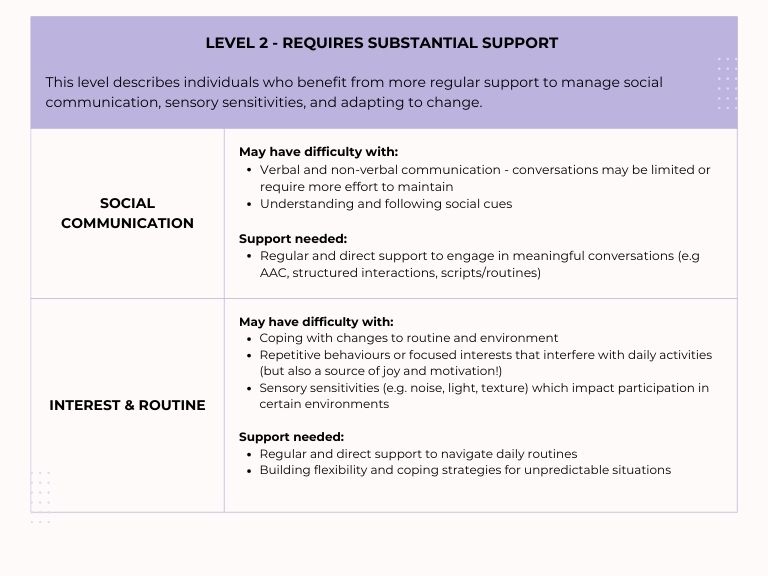
ASD Level 3: “Requiring Very Substantial Support”
Level 3 autism involves the most significant support needs. Individuals at this level may be minimally verbal or non-speaking and may find even basic social interactions challenging. They may also have strong, consistent preferences for routine and experience intense reactions to change or sensory input.
Support at this level often includes assistive communication tools, intensive therapeutic services such as ABA therapy, speech therapy or occupational therapy, and close collaboration between caregivers and professionals.

A Final Word: It’s a Spectrum, Not a Ladder
The DSM-5 levels are useful, but they are not definitive. They can change over time, and they don’t account for context. A child might function at Level 1 in a calm, structured environment and shift toward Level 2 when overwhelmed or unsupported.
We need to hold space for every child’s dignity, strengths, and challenges. And it means remembering that our goal isn’t to “fix” autism, it’s to understand it, support it, and honour the individuals who live it every day.
Because when we truly see our Super Kids for who they are, everything changes for the better.
Super Kids acknowledges each individual’s personal preference to use identity-first or person-first language to describe themselves or their loved one. We interchangeably use both language conventions and therefore refer to both Autistic children and children with Autism.
